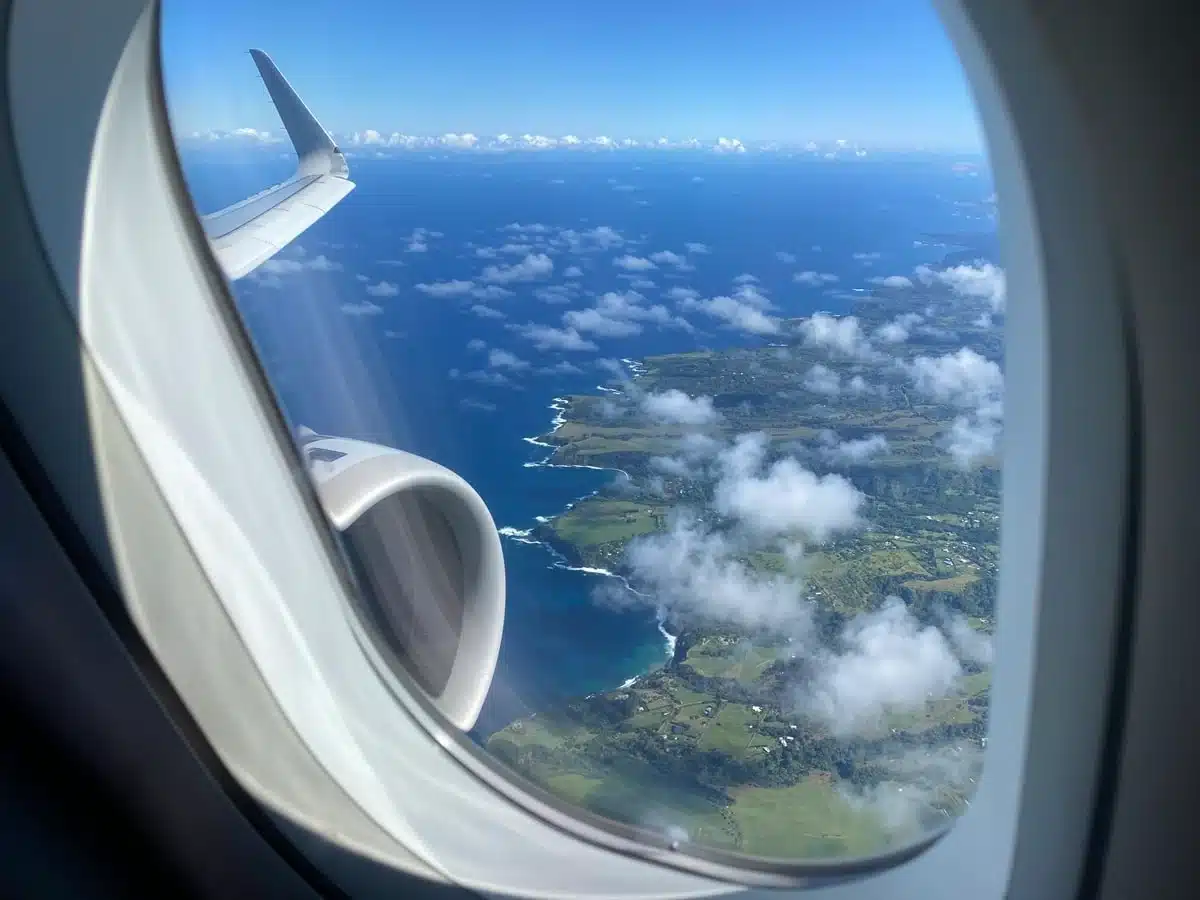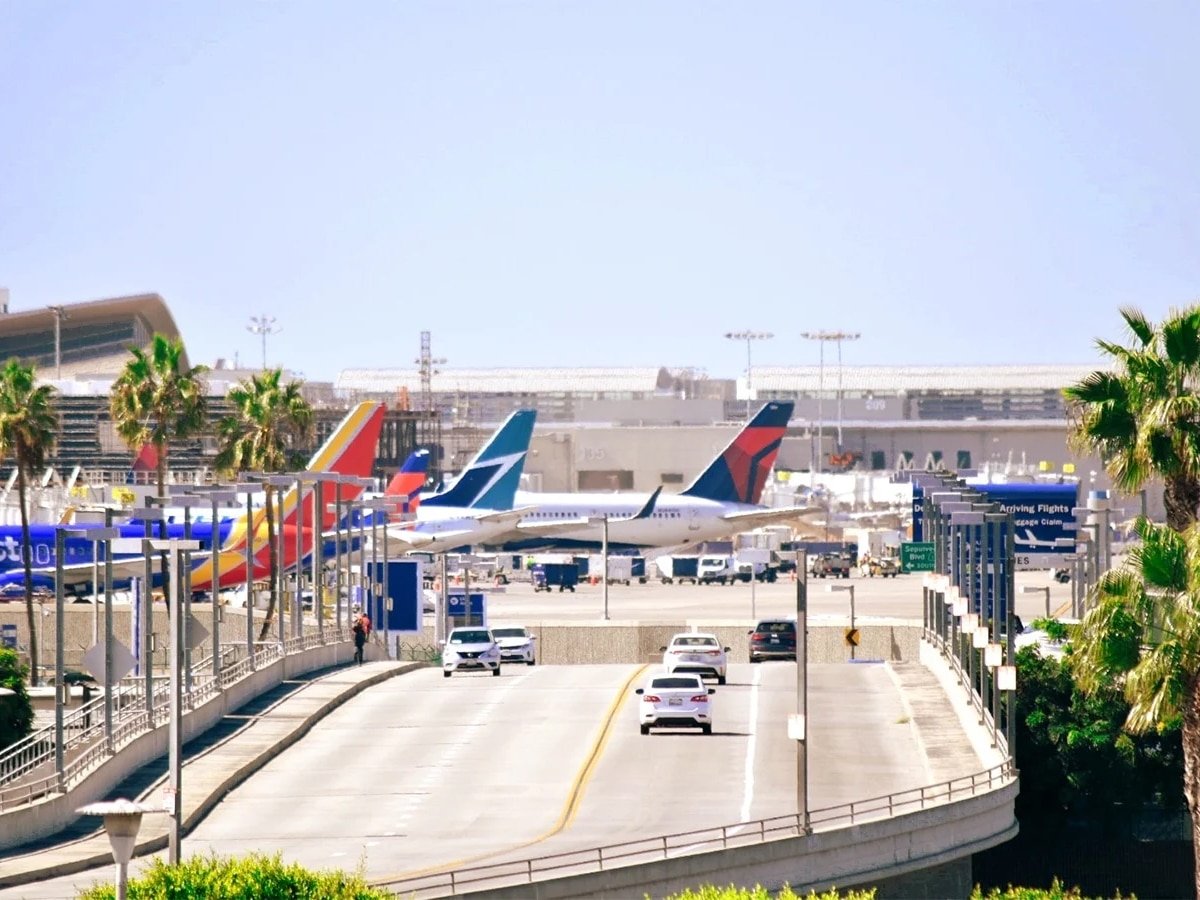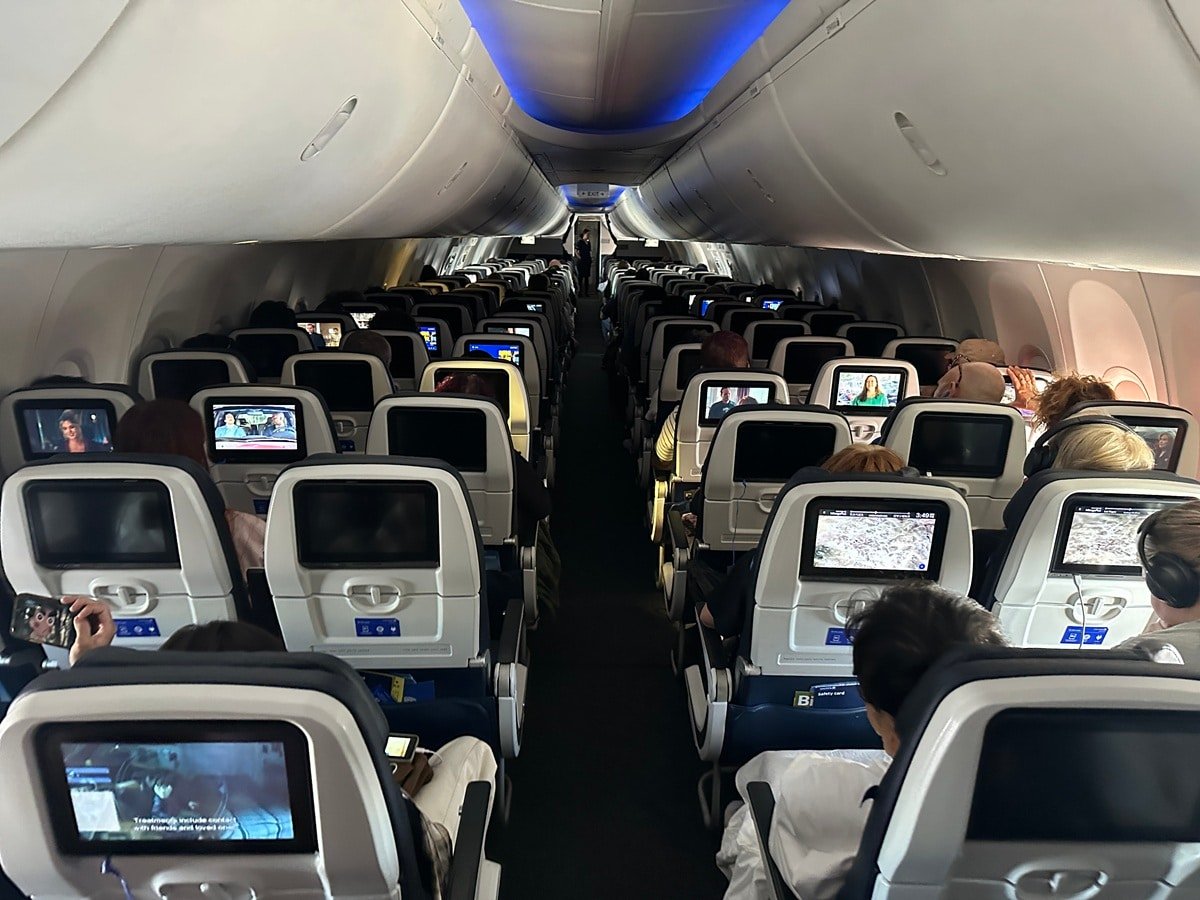There aren’t many people who enjoy experiencing turbulence when they fly, and I’m one of them. The reason I didn’t say any is because I actually have two friends who find it exciting, which I find bizarre.

Turbulence used to scare the heck out of me when I was a kid, but then a pilot told me to think of it as a bumpy road and reminded me that planes are built to withstand even severe turbulence. Still, I get nervous when it’s severe. I remember almost two decades ago, flying over the mountains in Fiji when our small plane dropped suddenly, and so did my stomach. When we landed, I didn’t just kiss the ground—I practically made out with it.
Thanks to modern technology, most turbulence can be detected, but not all of it, which is why pilots always advise passengers to wear their seatbelts when seated—even when the seatbelt sign is off.
Two high-profile incidents (Hawaiian Airlines and Singapore Airlines) in the past 14 months, where planes experienced severe turbulence, were blamed on the airlines for pushing pilots through storms in an attempt to take a more direct route, rather than using more fuel to go around. It was a big mistake, and it ended up costing millions in damages, lawsuits and bad publicity.
There are some routes or areas in which I’ve come to expect turbulence and I’m always delighted when there isn’t any. This includes flying over the Rockies or into Las Vegas on a hot or windy day.
If you’re curious about what routes have the most turbulence, then you’ll be interested in this report created by Turbli. Turbli is a website that predicts and records turbulence for flights and was created by a Swedish Computational Fluid Dynamics (CFD) engineer. According to his biography, Ignacio Gallego-Marcos has been working in the area of CFD for the past 11 years and he did his doctoral thesis at KTH Royal Institute of Technology where he published several articles in the area of turbulence and fluid mechanics.
Turbli ranked approximately 10,000 routes linking the 550 largest airports worldwide by analyzing their turbulence forecast archive and evaluating turbulence along flight tracks recorded throughout 2024. The rankings are made using turbulence forecast data from NOAA and the UK Met Office. Every six hours, they saved a snapshot of the most recent forecast covering the entire world over 18 pressure levels, and at the end of each month, they combined them to derive monthly and finally yearly statistics.
According to the website: “In the rankings and forecasts, turbulence is given in units of eddy dissipation rate (edr), which is an aircraft independent unit that represents the speed at which turbulent structures break down and dissipate their energy into heat. The boundaries between different turbulent levels vary between sources. At Turbli, we assume the following scale: 0-20 light, 20-40 moderate, 40-60 strong, 60-80 severe, 80-100 extreme. The ranking tables might seem to have too low levels, but this is because they are yearly averages!”
Fortunately for North Americans, no U.S., Canadian, or Mexican airports made it into the top 10 most turbulent routes in the world.
Route Distance (km) Avg. Turbulence (edr)
1. Mendoza (MDZ) – Santiago (SCL) 196 24.684
2. Cordoba (COR) – Santiago (SCL) 660 20.214
3. Mendoza (MDZ) – Salta (SLA) 940 19.825
4. Mendoza (MDZ) – San Carlos de Bariloche (BRC) 946 19.252
5. Kathmandu (KTM) – Lhasa (LXA) 571 18.817
6. Chengdu (CTU) – Lhasa (LXA) 1265 18.644
7. Santa Cruz (VVI) – Santiago (SCL) 1905 18.598
8. Kathmandu (KTM) – Paro (PBH) 402 18.563
9. Chengdu (CTU) – Xining (XNN) 685 18.482
10. San Carlos de Bariloche (BRC) – Santiago (SCL) 861 18.475
However, Turbli does have a top 10 ranking for North America and those routes are as follows:
North American routes with highest average turbulence
Route Distance (km) Avg. Turbulence (edr)
1. Albuquerque (ABQ) – Denver (DEN) 561 17.751
2. Denver (DEN) – Jackson (JAC) 653 17.454
3. Jackson (JAC) – Salt Lake City (SLC) 329 17.419
4. Denver (DEN) – Salt Lake City (SLC) 629 16.948
5. Bozeman (BZN) – Denver (DEN) 843 16.688
6. Ontario (ONT) – San Diego (SAN) 150 16.439
7. Boise (BOI) – Salt Lake City (SLC) 466 16.305
8. Bozeman (BZN) – Salt Lake City (SLC) 558 16.252
9. Las Vegas (LAS) – Reno (RNO) 555 16.068
10. Las Vegas (LAS) – Salt Lake City (SLC) 591 15.875
I’m not surprised to see Las Vegas or airports that are in the Rockies in the top 10. If you’re interested in other continents, then check out the rest of the report on Turbli.
KEEP READING:
–Advice for coping with a fear of flying after D.C. plane crash
–10 airport security hacks every traveler needs to know
–12 passport tips that will save you time, money and headaches
–The most important thing I do when I travel internationally is …
–Stuck in a middle seat on a plane? Here’s how to get out of it
Want more travel news, tips and deals? Sign up to Johnny Jet’s free newsletter and check out these popular posts: The Travel Gadget Flight Attendants Never Leave Home Without and 12 Ways to Save Money on Baggage Fees. Follow Johnny Jet on MSN, Facebook, Instagram, Pinterest, and YouTube for all of my travel posts.



